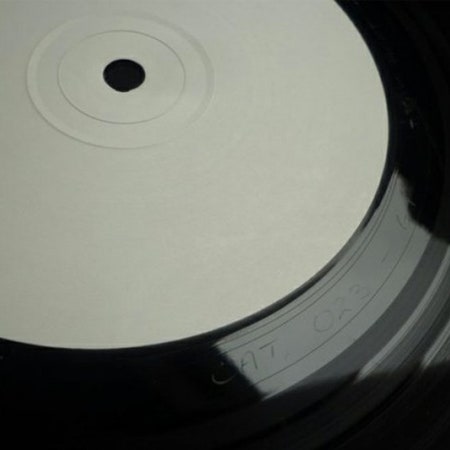When Richard D. James released 2001’s Drukqs, the last proper Aphex Twin album, it was considered a massive disappointment. The 2xCD set mixed frenetic drill’n’bass tracks with gorgeous Satie-like miniatures for prepared piano, and the feeling at the time was that he’d been here before and done it all better. After 1999’s “Windowlicker”, a landmark track that was both deeply strange and also somehow a pop hit, there was an unspoken dream that James might just might change popular music completely, remake it in his image. Drukqs didn’t come close to fulfilling that promise, but listening to it 13 years later, perhaps not surprisingly, it sounds more interesting than it did at the time. Could this have something to do with it being the last Aphex Twin album? When we heard it in 2001, we had every reason to think that there might be another around the corner in a year or two.
So Drukqs seemed more like a bump in the road, maybe, than an artist coasting for a minute. It wasn’t the last we heard from James—there were the many Analord releases in 2005, some stray tracks, additional work as the Tuss—but James’ unbelievable 10-year run as a creative force mostly ended just after the turn of the millennium. Since we’re still left wondering if and when he’ll make a full return to the world of recorded music, the huge clutch of music he did release seems more classic with each passing day. He’s become something like electronic music’s post-retirement Miles Davis: from the vantage point of the 1980s and later, say, everything Miles released through his 1975 hiatus sounded amazing. An artist who quits can become so revered, what output there is becomes enveloped in a kind of aura, and you start to hear it differently. Tracks that don’t necessarily connect in a big way on their own become understood as an important part of a bigger picture, and its perceived importance grows exponentially.
I mention all this by way of saying that the “new” album by Richard James, the Caustic Window LP, sounds very good, but there’s so much wrapped up in hearing new/old music from him it can be hard to puzzle out. That this set has such a strange genesis also seems appropriate, given James’ very low public profile and long history of “Is this him or someone else?” releases. Earlier this year, a test pressing of a previously unreleased LP by Caustic Window, one of James’ many pseudonyms, originally intended for release on Rephlex, the label he owns with Grant Wilson-Claridge, appeared for sale on Discogs. Members of the We Are the Music Makers forum, an active message board dedicated to electronic music in general and Aphex Twin in particular, persuaded Rephlex to sanction an unusual idea for distributing the music: they would raise money through Kickstarter and those who contributed would get a high-quality digital copy of the record, recorded from a needle-drop of the test pressing. After the project was funded and the music digitized, the test pressing was auctioned on eBay. Some of the money went to the label, some went to charity. But 4,000 people got lossless files of the record from donating, and then of course it leaked. It’s a long way for music to travel in 20 years, and it’d be an interesting story based only on the crowd-funding angle, showing the connectedness of fandom in the digital era. But the music has its own rewards.
